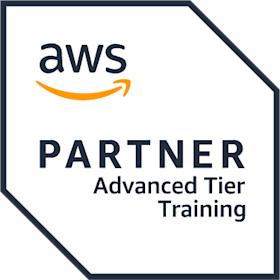In this course, each module presents a scenario with an architectural challenge to be solved. You will examine available AWS services and features as solutions to the problem. You will gain insights by participating in problem-based discussions and learning about the AWS services that you could apply to meet the challenges.
Over three days, the course goes beyond the basics of a cloud infrastructure and covers topics to meet a variety of needs for AWS customers. Course modules focus on managing multiple AWS accounts, hybrid connectivity and devices, networking with a focus on AWS Transit Gateway connectivity, container services, automation tools for continuous integration/continuous delivery (CI/CD), security and distributed denial of service (DDoS) protection, data lakes and data stores, edge services, migration options, and managing costs. The final module presents you with scenarios and challenges you to identify the best solutions.
This course includes presentations, group discussions, use cases, videos, assessments, and hands-on labs.
We also offer a one-day AWS Jam Session to complement this course and enhance your learning. The AWS Jam is a gamified event, with teams competing to score points by completing a series of challenges based on concepts covered in the course.
See more information and scheduled dates here.


